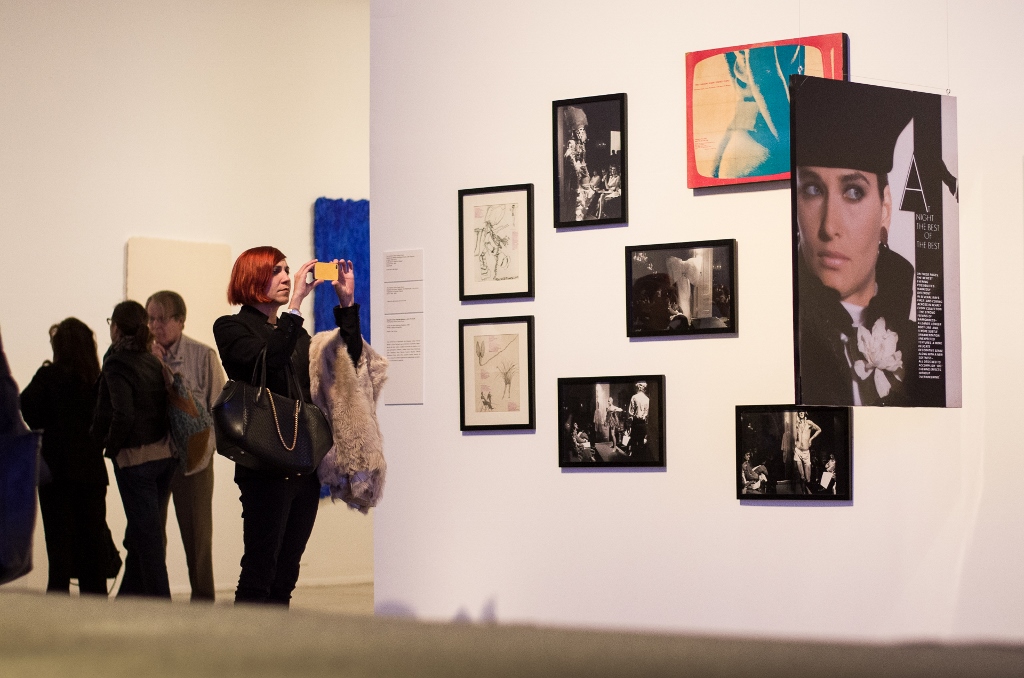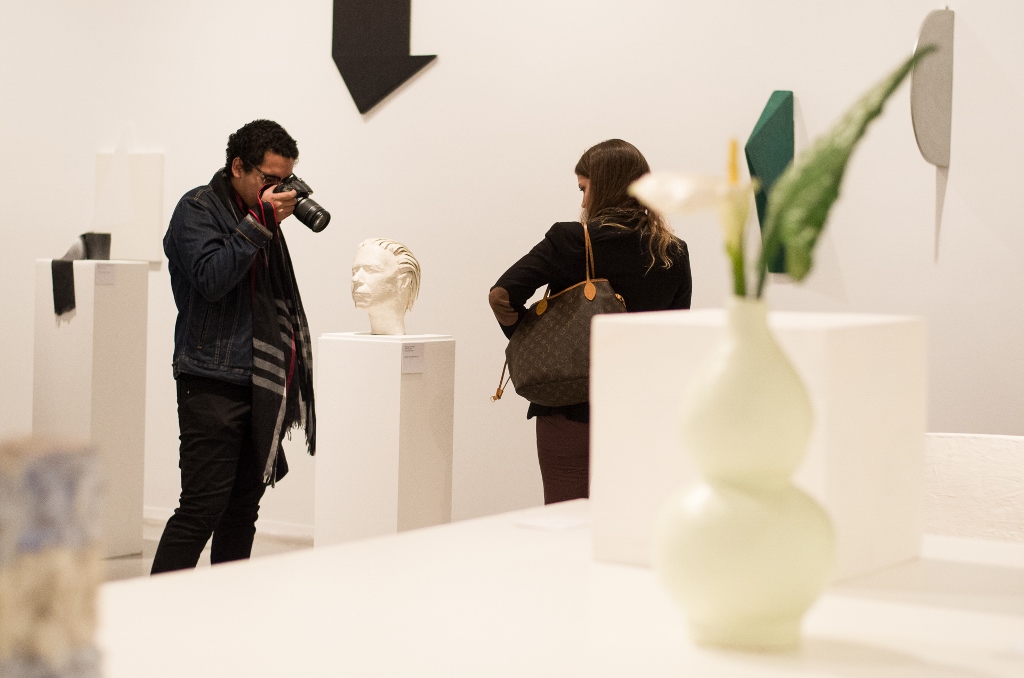The present retrospective looks back over 40 years of the career of Eduardo Costa (Buenos Aires, 1940) through numerous pieces created in different cities – Buenos Aires, New York and Rio de Janeiro – where he has been at the forefront of the local and international artistic scenes.
Throughout that time, Costa has employed different artistic strategies to incorporate various forms of reality and capture them, if only in fragments, in multiple formats: sound pieces, performances, fashion, design, jewellery, ready-mades and paintings.
Since the mid-60s, Eduardo Costa has been on a quest to engineer raw encounters between art and different aspects of reality. Almost like a cross-section of existence, his works become tautological versions of the world: they show things both as they are seen and as they are. So, like a fragment from a casual dialogue transformed into a poem, a butterfly is trapped between plastic wings to become a jewel on the pages of a fashion magazine; a snail’s perfect shape makes it ideal for a ring and branches are twisted into a bracelet. The world’s multifarious manifestations are thus translated into sound pieces, performances, fashion, design, ready-mades and paintings.
Each of Costa’s works is a maze that leads one to other works. Every object, action, drawing, song, quote and painting refers to others that infuse them with new meaning and power to form small, closed ecosystems. They aren’t series necessarily, but rather a set of different communicating vessels that together make up a diverse encyclopaedia of nature, fashion, historical avant-garde movements, pop music, oral literature, jewellery and even a redefined art gallery featuring objects made from solid paint.
Costa’s work is constantly challenging the modern canon and its need for formal purity. In opposition to this concept, his output is porous and polluted; it is playful, humorous and parodic and always seeks to expand traditional definitions of art.
Eduardo Costa (Buenos Aires, 1940) studied Literature and History of Art at the Universidad de Buenos Aires. Together with Roberto Jacoby and Raúl Escari, he wrote the manifesto Un arte de los medios de comunicación (Towards Media Art, 1966). In the late 60s, he travelled to New York and his artworks from that period reveal the influence of different languages in a climate of experimentation and clear expansion of his artistic practice. Since 1994, he has been working on the project “Volumetric Painting”, a series of artworks that transcend the plane and mediums of traditional painting.




